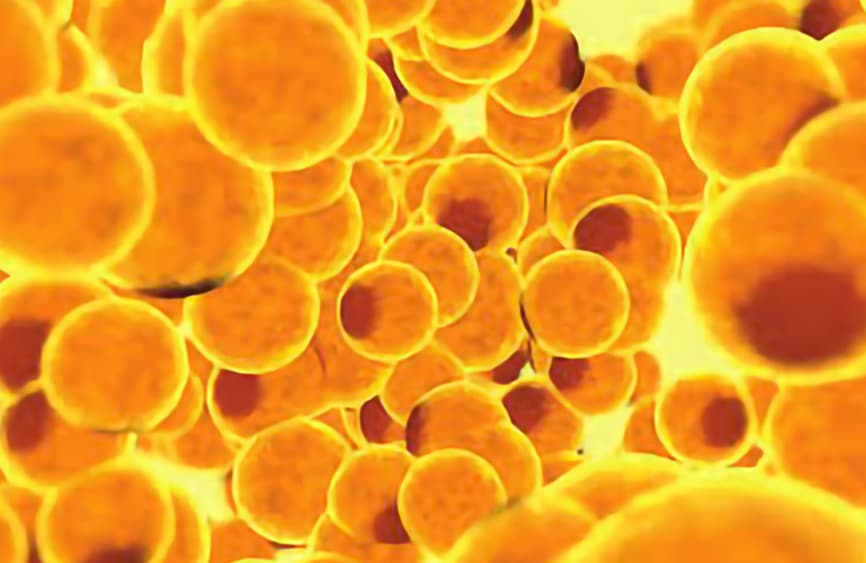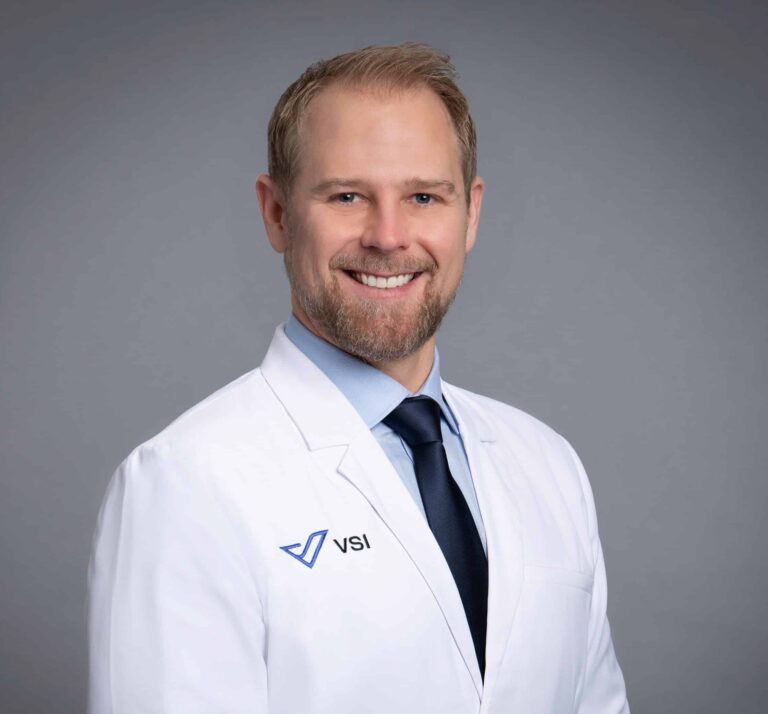
Stem Cells Or Platelet Rich Plasma – Which Is Best For Me?
The use of regenerative therapy in the field of spinal care has been very exciting and represents a tremendous potential for alternatives to spine surgery. Regenerative treatments are currently being used to calm chronically irritated nerves, as well as stimulate a healing or regenerative process in the tissues of the spine. This includes ligaments/muscles that protect and support the spine, as well as in the discs of the spine themselves.
WHAT REGENERATIVE THERAPY OPTIONS EXIST?
At present, available regenerative injections into the disc consist primarily of either platelet-rich plasma (PRP) or stem cells.
PLATELET-RICH-PLASMA
Platelet-rich plasma is a substance harvested from a patient’s blood stream in a process similar to donating blood to the Red Cross. Once the blood is collected, it is prepared in a centrifuge which spins the blood quickly. In doing this, the blood separates into its various components. PRP is the component of the blood that contains specific growth factors that are associated with tissue healing. This substance can then be injected into a damaged disc to try and stimulate existing cells to have a healing response.
STEM CELL THERAPY
Stem cells are obtained by aspirating tissue from the patient’s hip bone or from their fat cells. These cells are then centrifuged down to separate into the mesenchymal cells used for the procedure. Mesenchymal cells are used for musculoskeletal issues and can differentiate into bone cells, cartilage cells, or fat cells. Stem cells are then injected into the damaged area to try and stimulate a healing response. In this scenario, new cells are actually being injected into the area.
SO, WHICH REGENERATIVE THERAPY IS RIGHT FOR ME?
Regenerative therapy can be thought of as a farmer’s seeds vs. fertilizer. PRP is like the fertilizer used to assist the farmer in growing his crops. The seeds are already there, but the fertilizer helps to stimulate growth. Stem cells, on the other hand, are like the new seeds planted by the farmer to grow a new crop.
Often times we may suggest ‘doubling-up’ of regenerative medicines, strictly because they both provide unique benefits that, when combined, provide a greater chance of healing and recovery.
The success of any crop a farmer may want to grow depends a lot on the type of environment where the crop will be sown. If a farmer has a very fertile field with great dirt, plenty of sun, and a lot of water, they are more likely to grow a good crop than if they have a very dry field without fertile soil and a lack of sun and water. The same holds true for patients interested in regenerative therapy. If someone is trying to get a healing response, they are more likely to get a good response with a mildly degenerated disc in a healthy patient versus a disc that has very severe degeneration in a patient who has many other medical issues.
When selecting a patient for potential regenerative therapy, factoring in their overall age and health and healing potential is very important to determine who may be a good candidate.
Topics covered
About the Author
Featured Resources
Insights to Achieve a Pain-Free Life



